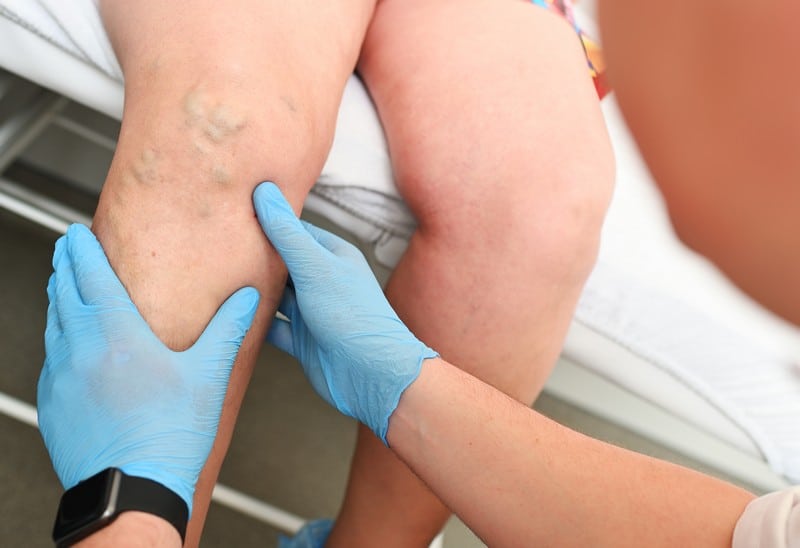Varicose Veins

Varicose veins, or varicosities, generally occur when the veins enlarge, dilate, and become overfilled with your blood. They’re characterized by appearing raised and swollen, often with red or bluish-purple color. More often than not, they’re painful. The condition is also relatively common, affecting around twenty-five percent of adults. In many cases, they develop on the legs.
They tend to happen when the veins aren’t functioning as they should. Common triggers for varicose veins include pregnancy, menopause, old age, obesity, genetics, and standing for too long. The condition’s primary symptom is misshapen and highly visible veins. However, it’s also possible to experience aches, heaviness, swelling, and pain around or over the affected areas. There are also cases where discoloration and swelling can develop. In serious situations, it may result in problems with blood circulation and immune system issues that can lead to viral, bacterial, and fungal infections.
Most medical practitioners are conservative regarding the treatment of varicose veins. Usually, they begin with lifestyle recommendations, such as maintaining a moderate and healthy weight, using compression stockings, and regularly exercising to improve circulation. However, if lifestyle adjustments and changes aren’t enough, you may be recommended surgical treatments, such as vein stripping and ligation.










